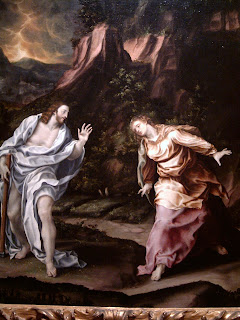








 This piece is titled "Still Life". It was painted in 1929. This is another bold piece with a collage like feel to it. I think the orange was just enough color to make all the other parts of the piece stand out.
This piece is titled "Still Life". It was painted in 1929. This is another bold piece with a collage like feel to it. I think the orange was just enough color to make all the other parts of the piece stand out.


 "Favourites, the property of H.R.H. Prince George of Cambridge"
"Favourites, the property of H.R.H. Prince George of Cambridge"
I liked the realism in this piece, the children look to be upset about posing for this one, the only one who looks to be smiling is the horse and maybe the dog.




 During my visit I found myself drawn to the African art collection. I have visited Africa and I really loved the different sculptures and tribal pieces that I saw while I was there. The specific form of African art that I chose to focus on this visit are the Masks. I took a African art course here at Albertus and had the opportunity to make my own mask out of clay and it looked nothing like the Masks that I saw in the gallery.
During my visit I found myself drawn to the African art collection. I have visited Africa and I really loved the different sculptures and tribal pieces that I saw while I was there. The specific form of African art that I chose to focus on this visit are the Masks. I took a African art course here at Albertus and had the opportunity to make my own mask out of clay and it looked nothing like the Masks that I saw in the gallery. 



